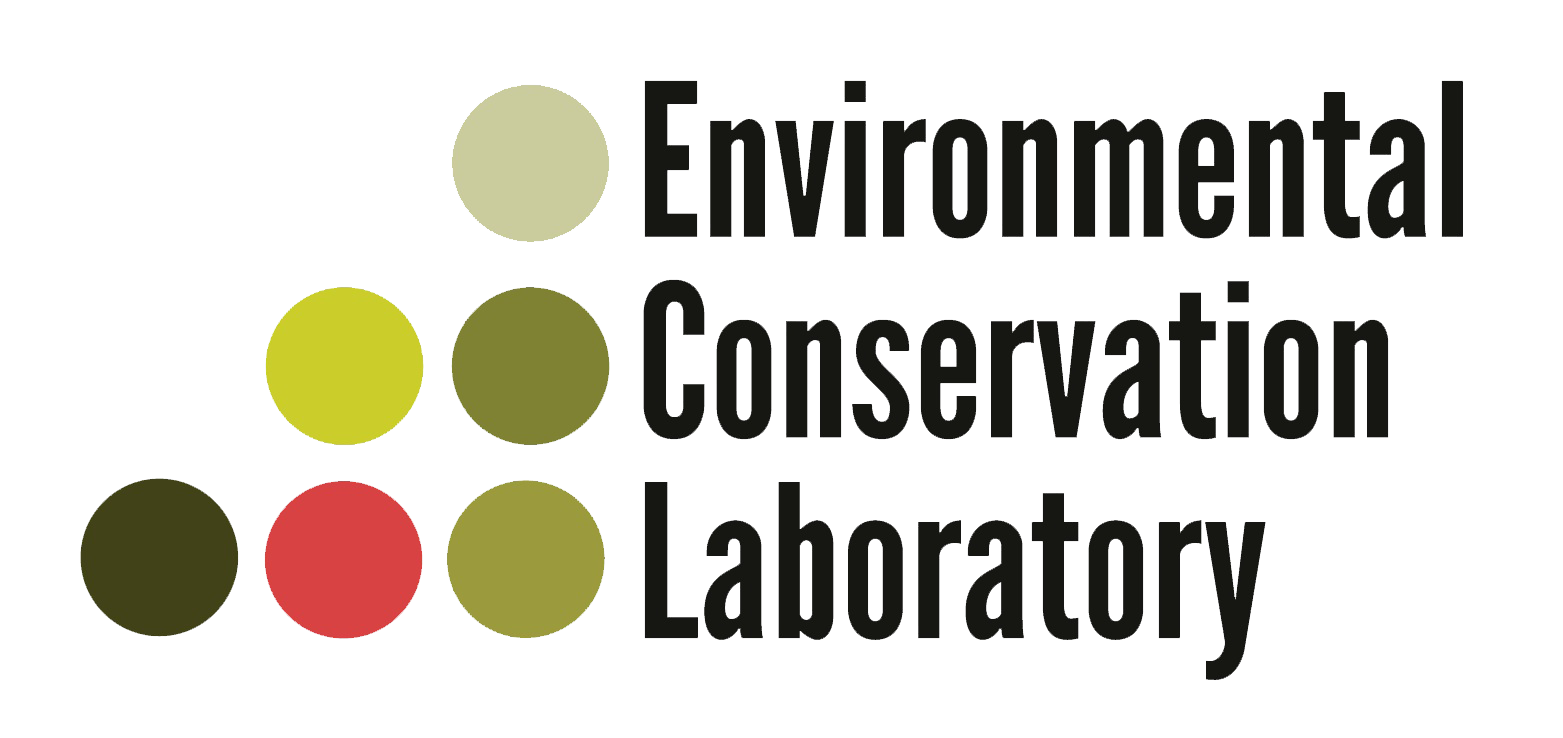Environmental Racism
Environmental racism is an intended consequence of development and resource extraction. It is the result of deliberate decisions that create “sacrifice zones” that mainly affect marginalized groups and are largely out of sight and out of mind from the general public. Learn all about the affected communities in Canada and their experiences here.
Mathias Colomb Cree Nation (Pukatawagan), Manitoba, Canada
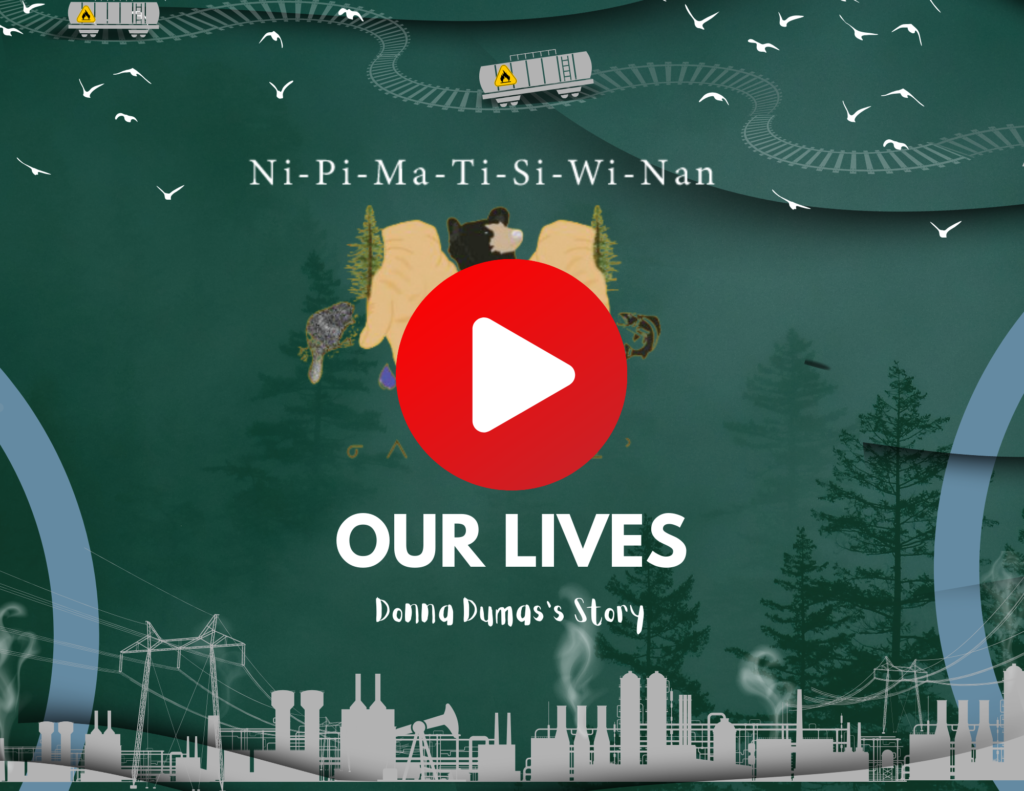
In the 1950s, Manitoba Hydro set up a diesel fuel generating station to heat the community’s nursing station, school and convent for missionaries in Mathias Colomb Cree Nation (Pukatawagan), Manitoba. There were diesel tanks set up above ground with pipes underground that leaked undetected for approximately 30 years. People in the community reported inexplicable ailments including migraines, rashes, hair loss, skin diseases, heart problems, miscarriages and cancers. The school and nearby buildings were demolished in 1989, after the accidental discovery of an unreported oil spill. Mile 99, an encampment located 10km from the reserve, is where the train stopped. CN transported fuel in tanks into the community by fuel trucks. During transportation, diesel oil was regularly spilled, leaching into the soil and seeping into an adjacent creek and the lake, which was the main source of drinking water for the community.
In ‘Ni-Pi-Ma-Ti-Si-Wi-Nan Our Lives’, Donna Dumas recounts her exposure to environmental racism while living in Mathias Colomb Cree Nation (Pukatawagan), MB.
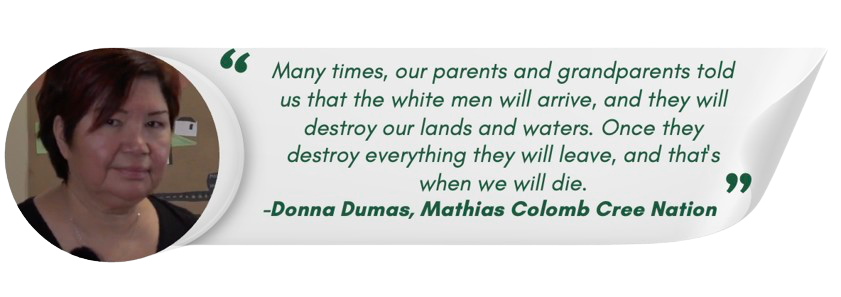
Environmental Racism Impacts
Environmental racism causes profound hardships for many Indigenous communities across Canada. Communities have experience longstanding impacts from environmental decline and adverse socio-economic, health, and cultural impacts associated with hydro, mining and climate change. Governments and industry have largely ignored this, worsening the impacts. Bill C-226 will immediately help address such concerns. Download the ECL’s Environmental Racism Infographic to learn more.
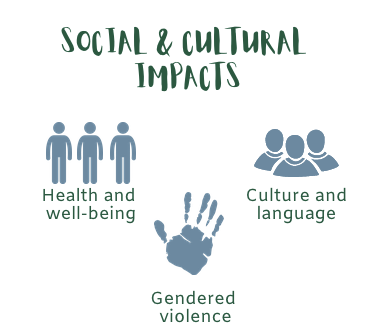
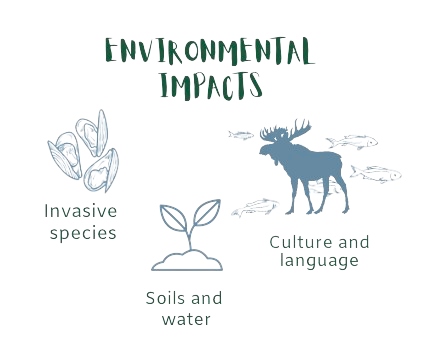
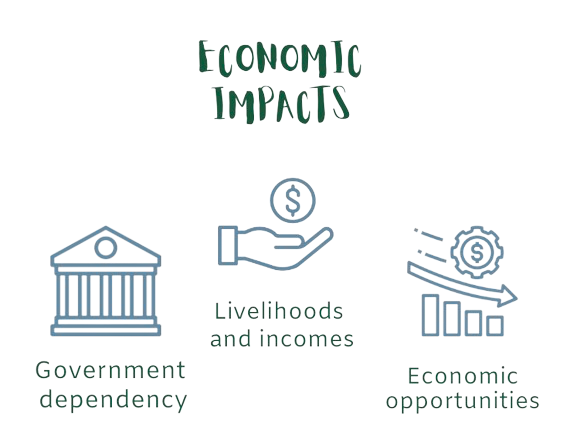
Bill C-226 Recommendations




Many recommendations have been put forward to prevent the recurrence of environmental injustices towards marginalized groups in the future. These recommendations include prioritizing active engagement with Indigenous communities directly impacted by policies, and acknowledging and compensating those impacted for any adverse effects resulting from legislative actions. Also, prioritizing transparency throughout the entire environmental policy planning processes is suggested, as transparency ensures that affected Indigenous groups are informed and involved at every stage. Finally, the last recommendation includes advocating for the involvement of Indigenous communities in all aspects of research, and data collection efforts. Learn more by downloading the ECL’s Recommendations Infographic.

More Resources
Lake Winnipeg Indigenous Collective – Environmental Racism Toolkit
Canadian Coalition for Environmental and Climate Justice – Bill C-226 Passes Second Reading Vote in the Senate, Advances to the Energy Committee For Review

